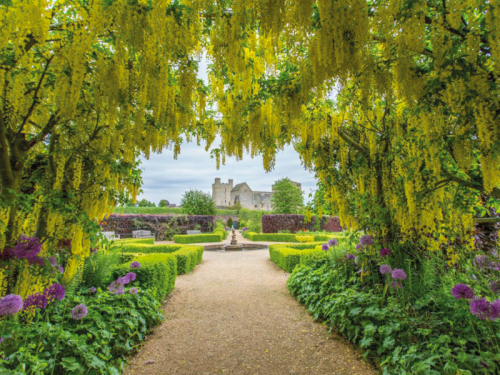What to do in the Garden in May
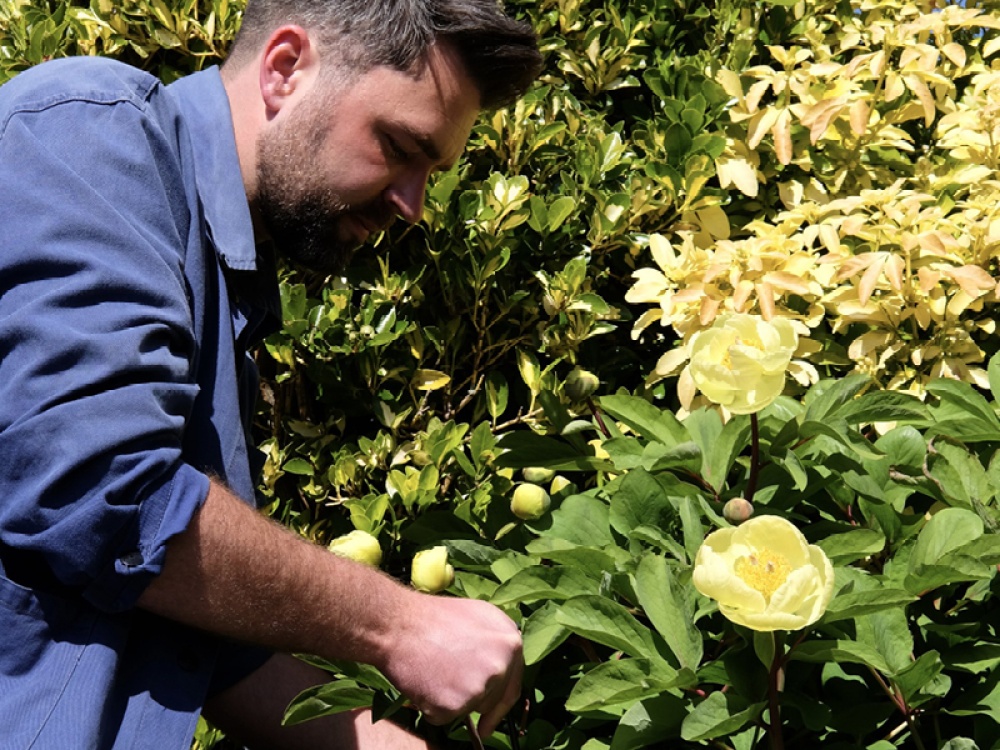
Living North's gardening expert Ross Pearson shares his advice on what needs to be done in the garden this month
In May, the world moves slower for us because every petal, every vista, is worth stopping for. So the next time work takes over and the pace of life races ahead too quickly for us to keep up, spare a thought for the poor old mayfly and remember to appreciate the little miracles of nature around us. There’s no better way to appreciate it than cracking on in the garden or brewing a flask for a day at the allotment.
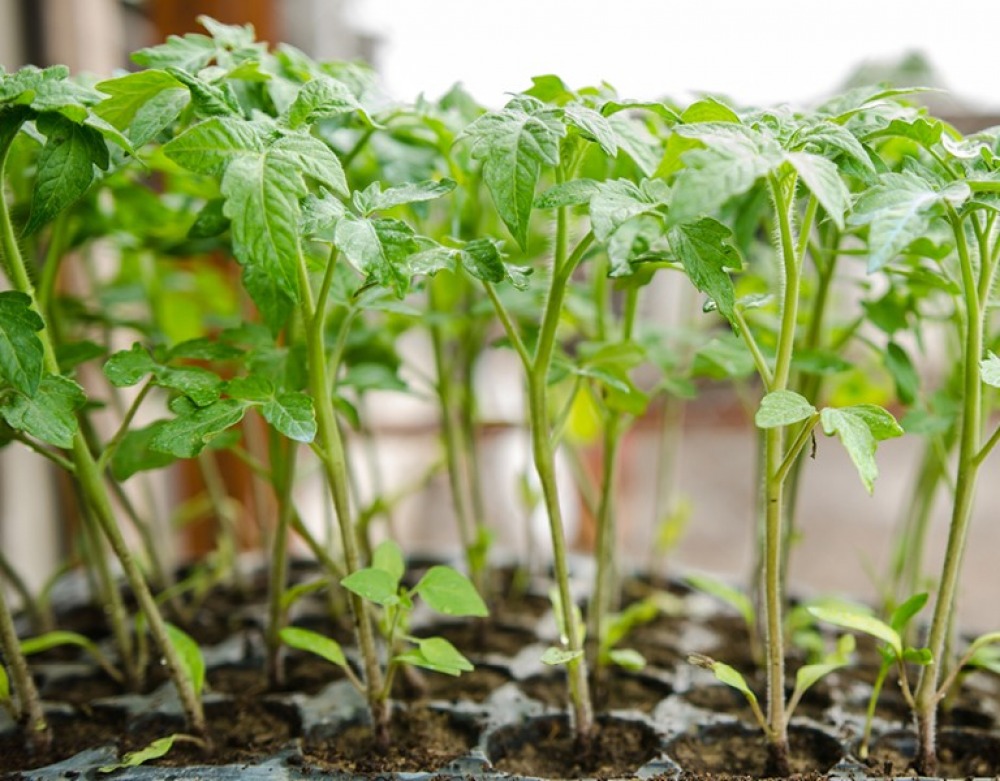
Planting courgettes
If you have the space, courgettes are one of the most rewarding vegetables to grow for their prolific cropping. Along with pumpkins and squash, courgettes need an endless supply of food and water. In late May, dig a large hole and water the soil well. Add in large quantities of organic fertiliser in the form of well-rotted manure or home-made garden compost. Plant the courgette at ground level but firm in well and mound up the soil around the plant to funnel the water towards its roots. Don’t be shy with your watering.
Pinch out tomato sideshoots
When growing cordon tomatoes, trace down the main stem to each leaf stem and look out for sideshoots appearing where they meet. These shoots won’t produce any fruit and although they won’t harm the plant, they will take up valuable growing space and reduce airflow. Pinch them out with your thumb if they are small enough and any larger shoots can be placed in a glass of water until roots appear and potted on for a few extra plants to pass on to family and friends.
Shade your greenhouse
It might seem counterintuitive, but shading your greenhouse from direct sunlight will greatly benefit your indoor-grown vegetables. Without shading, sunlight radiates through the glass and bounces off any surface but is trapped inside, resulting in a build-up of heat. This not only means your plants will wilt quicker and could scorch their leaves but also will make you use more water to counteract its effects. Shade netting is a solution that both works effectively and can be reused year after year but is costly. Shade paint works just as well but is a bit of a faff to remove. Take your pick!
Plant brassicas
Brassicas that will be harvested in autumn are best planted out now. There are so many varieties of calabrese, cauliflower and cabbages that are bound to tickle your tastebuds so try experimenting with something out of the norm. Before planting out, pinch off the lower leaves on the stem. Dig a hole that is deep enough to bury the stem up to just below its first set of leaves to encourage the plant to root from the stem. This will help to create a much sturdier plant that is better able to support the large heads of brassicas. Do protect your plants from birds and butterflies or they will struggle to survive the first week.
Sow sweetcorn
Sweetcorn is one of the curious edible plants that are pollinated by the wind which requires your sweetcorn plants to be planted in a block rather than a row. They prefer to be planted in a free-draining site that is most crucially in full sun. Sow two seeds in the same hole, roughly 40cm apart in a grid pattern with at least four rows to ensure the best chance of successful pollination. Once they have germinated, pull out the weakest plant and add to the compost heap.
Hoe off weeds
A hoe is a gardener’s most used tool in the allotment. Make sure your rows of vegetables are big enough to fit the blade of your hoe in-between and regularly hoe the surface of the soil to keep weeds at bay. When using a hoe, if the sun is shining there’s no need to remove the weeds, simply let the sun wither the weeds away on the surface of the soil.
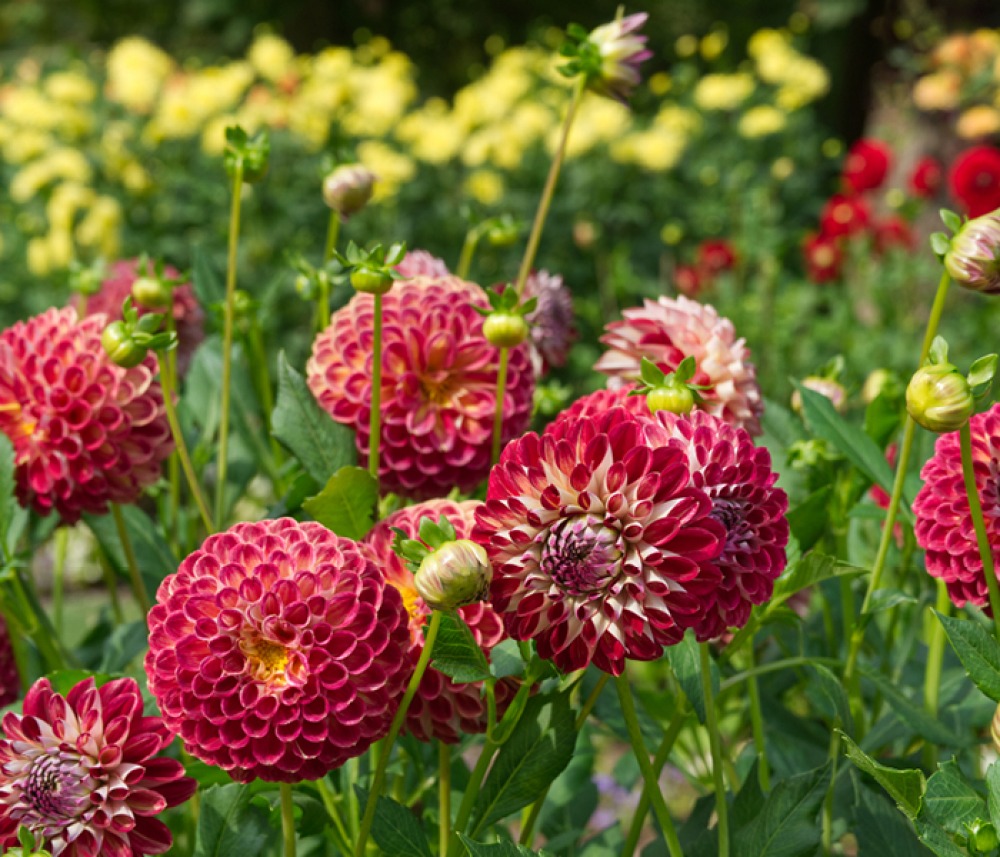
Hardening off
Eventually, the risk of frost will be a thing of the past and it’s important to acclimatise tender plants sown indoors before planting them outside. If you’re lucky enough to own a cold frame, simply open the lid during the day and close it at night. If not, move your plants to a sheltered, sunny spot during the day and bring them back in overnight. After a week they can stay outdoors at night and after around two weeks your plants should be ready to be planted out. Do keep an eye on the forecast however, and if it looks like the temperature is going to drop, fleece your plants to avoid any casualties.
The ‘Chelsea chop’
This method of pruning delays the flowering of your herbaceous perennials and increases the number of blooms. The phrase was coined as it is usually carried out around the time of the Chelsea Flower Show in late May. Pruning your herbaceous perennials such as helenium, echinacea and asters, to half their height will delay their flowering by around a month which can be very useful for more barren flowering periods. Cutting back only half of the clump will help to stagger and extend their flowering.
Herbaceous cuttings
Rather than throwing away the cuttings from your ‘Chelsea chopped’ herbaceous perennials, turn them into free plants that will be ready to plant out in late summer. Select young, non-flowering stems from plants such as chrysanthemums, asters and heleniums and cut the lower stem back to around 10cm in length. Strip away the lower half of the leaves and make a clean, straight cut below a leaf node at the base of the cutting. Plant several cuttings around the edge of a pot filled with free-draining compost and cover the surface of the pot with horticultural grit. Water the pot well and watch for roots appearing out of the base of the pot before planting out.
Plant out dahlias
The quickest way to lose your dahlias is a single night of frost. Now that threat is over and the soil is warm it is time to plant them out. Dahlias are particularly greedy plants so whichever sunny, sheltered spot you choose, it’s best to enrich the soil with lots of organic matter. It’s a good idea to pre-empt tall, floppy plants by pushing in plant supports now so that bushy growth can hide the scaffolding. Don’t forget to firm each plant in and water well.
Sow hardy annuals
My wife and I don’t disagree on much – but growing nasturtiums is one thing we fervently disagree on. Sowing hardy annuals is a great way to fill the gaps in your borders and add a pop of colour and it couldn’t be simpler. Sow small pots of nasturtiums, calendula and nigella in free-draining compost with no extra heat ready to be planted out next month. Most hardly annuals set seed after flowering so you don’t need to sow any next year – or at least, that will be my excuse as the nasturtiums sprawl all over the garden.
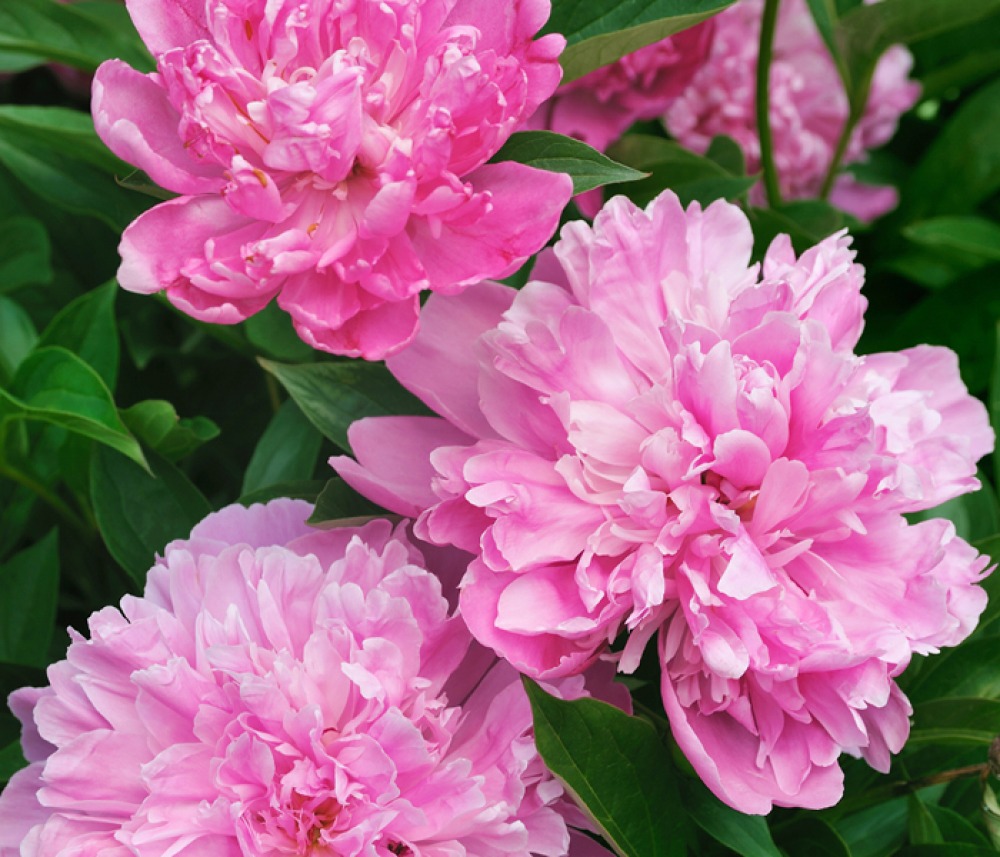
PLANT OF THE MONTH
Peony (Paeonia spp.)
Peonies are a stunning choice for May with their lush, ruffled blooms and long lifespan. For me, they are the first sign that late spring is transitioning into early summer. Peonies burst into full bloom from May to June with their fragrance and romantic petals making them perfect for cottage gardens, borders, or cut flower arrangements. If planted in the right conditions, peonies can bloom for decades without needing to be moved. Some have been known to last over a century in old gardens.
Plant
Best planted in autumn or early spring, but potted peonies can be planted in May. Choose a sunny spot with at least six hours of direct sunlight per day. Peonies like well-drained, fertile soil, rich in organic matter (add compost or well-rotted manure if your soil is struggling).
Care
Apply a balanced fertiliser in early spring and again after flowering to encourage strong growth. Tall varieties will definitely need staking to prevent the heavy blooms from flopping over. Remove faded flowers to direct energy into root and leaf growth. In autumn, cut back herbaceous peonies to ground level to prevent disease. Generally, peonies are pest-free. They may appear to be being attacked by ants but the sticky nectar on peony buds attracts them, which actually helps protect the flowers by eating pests like aphids.






